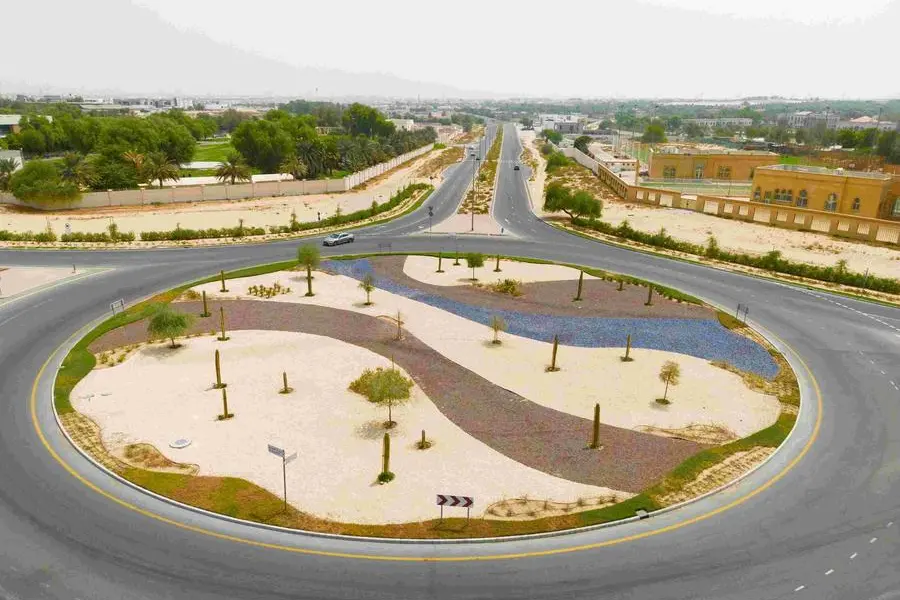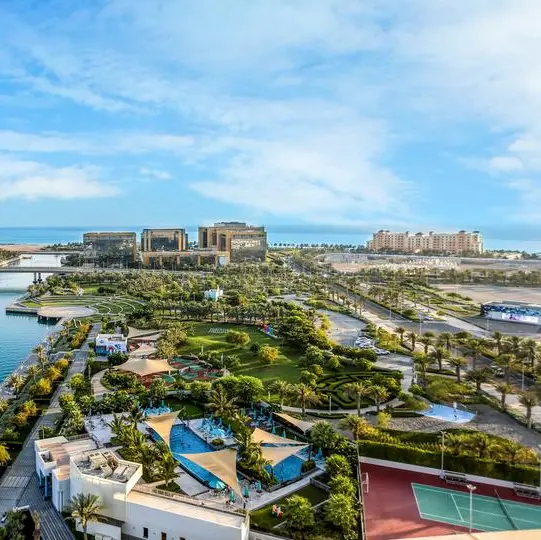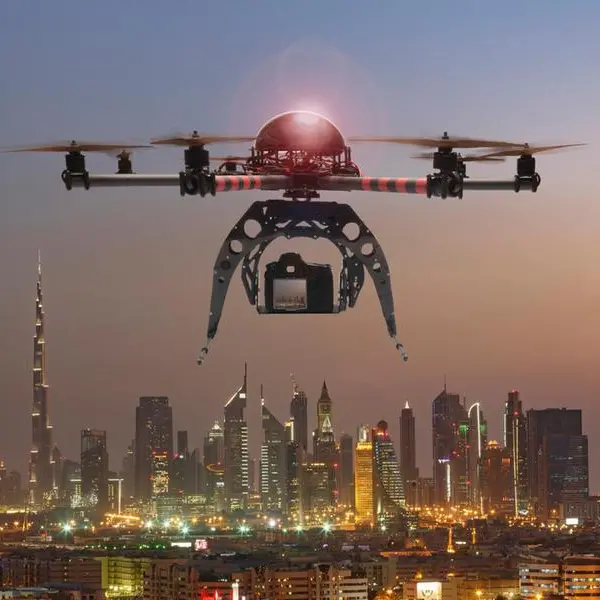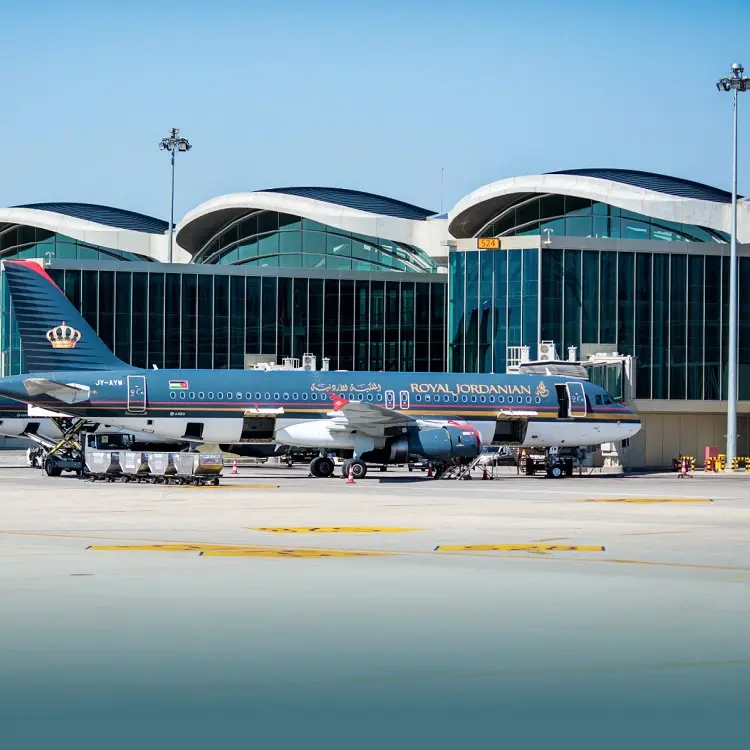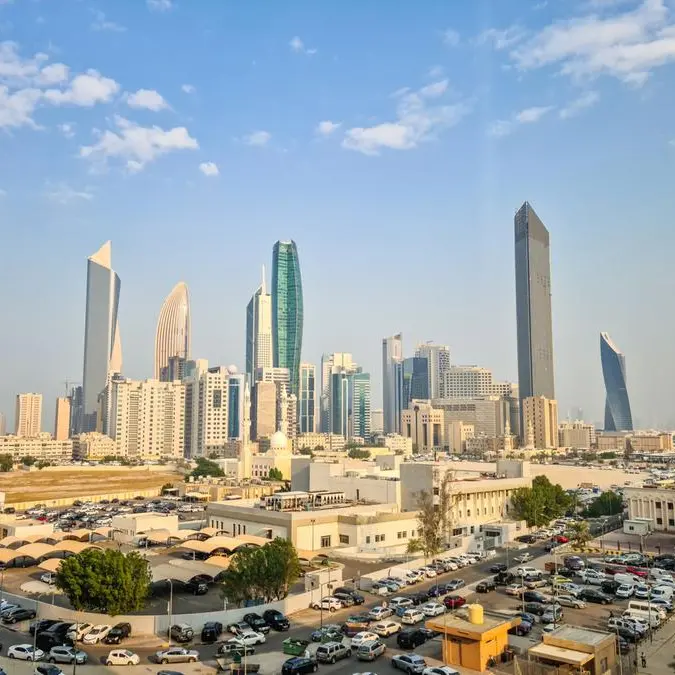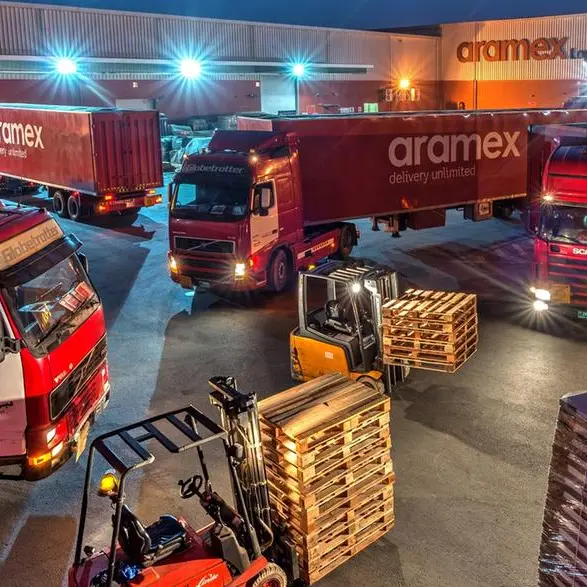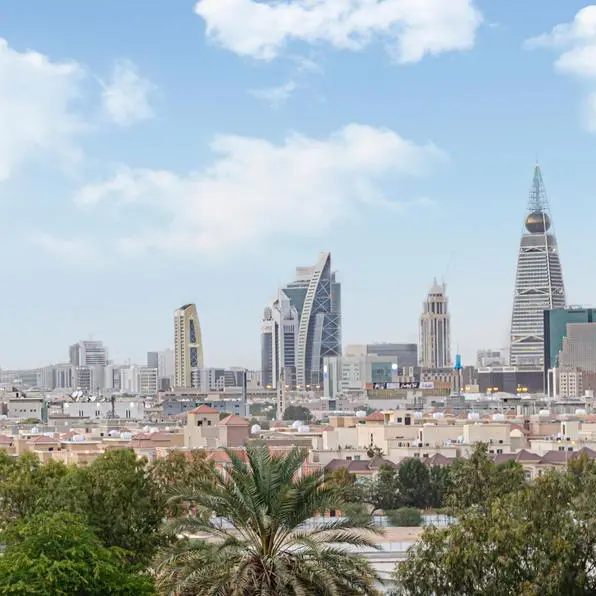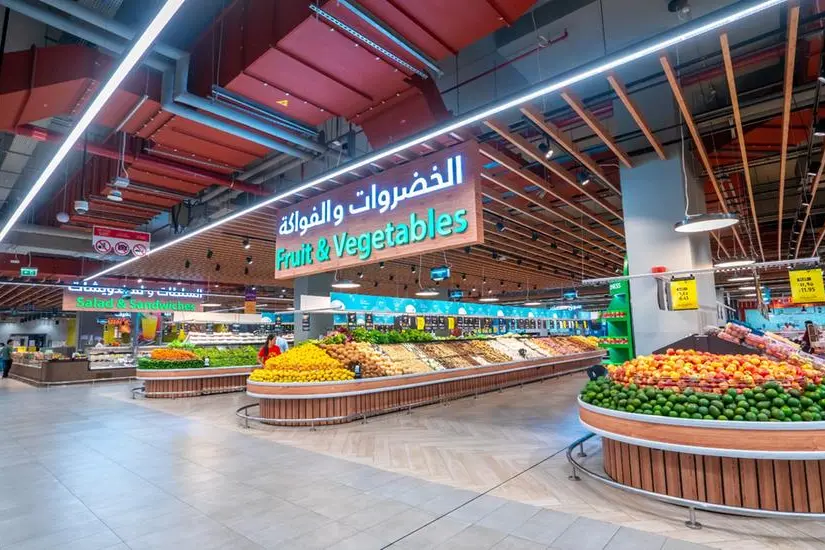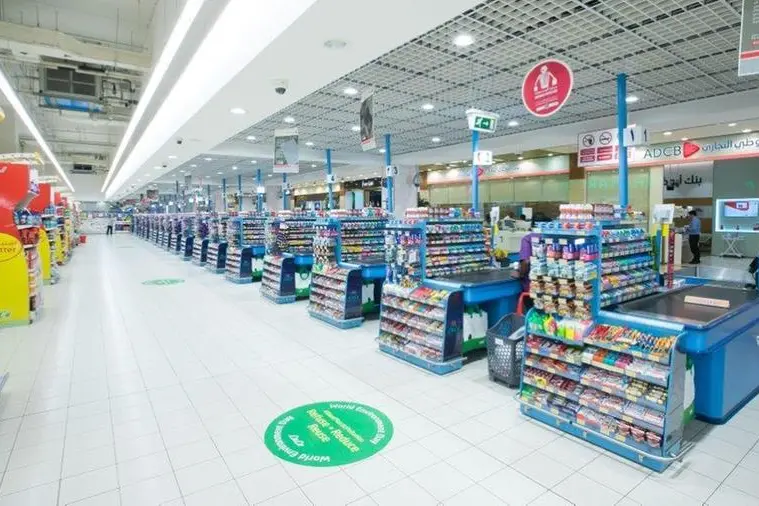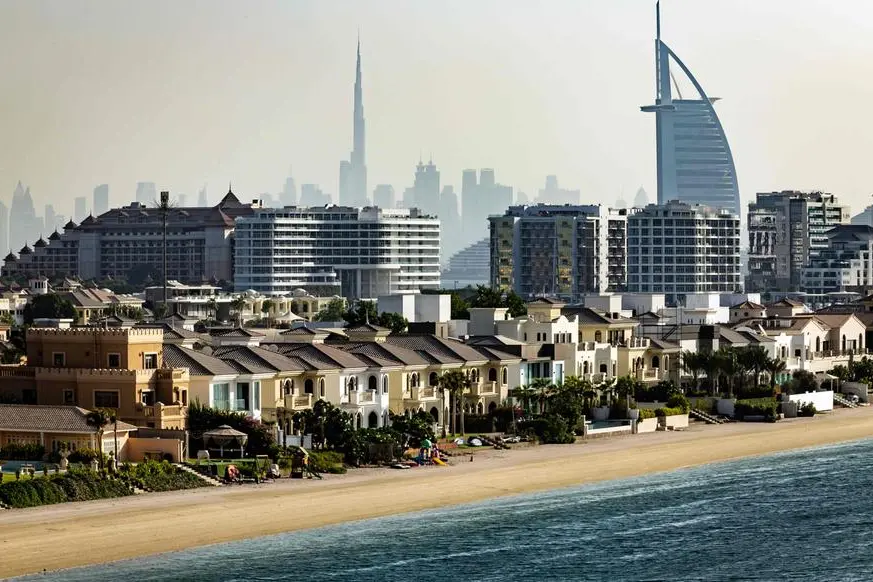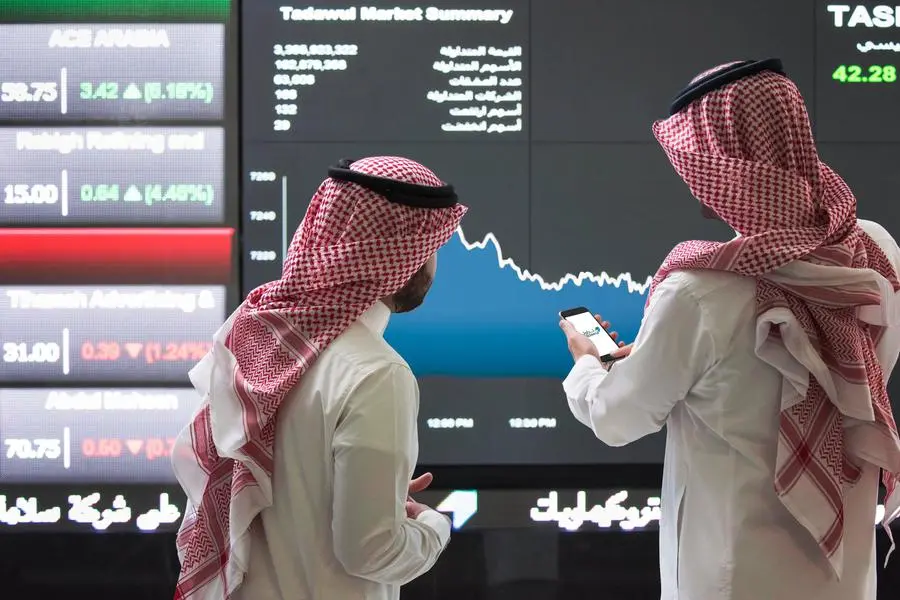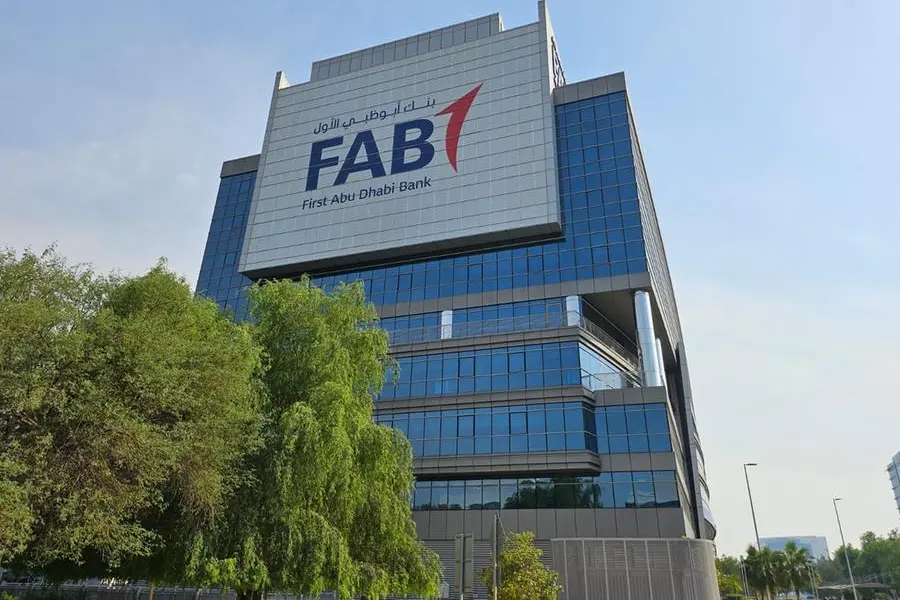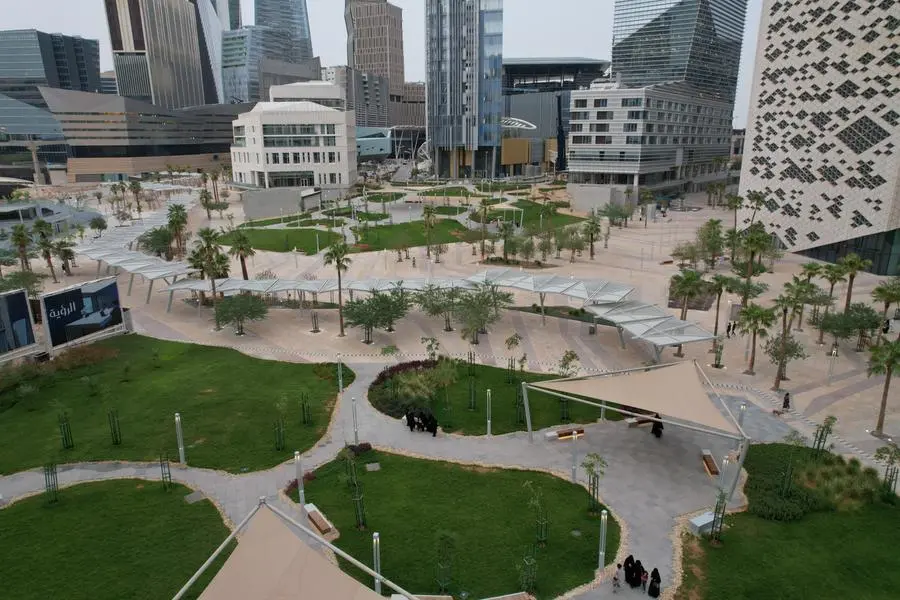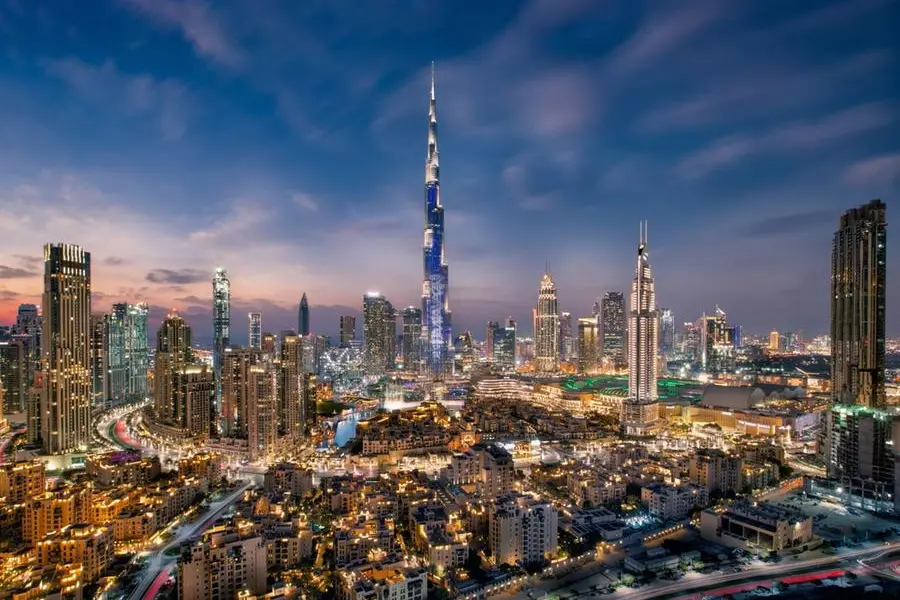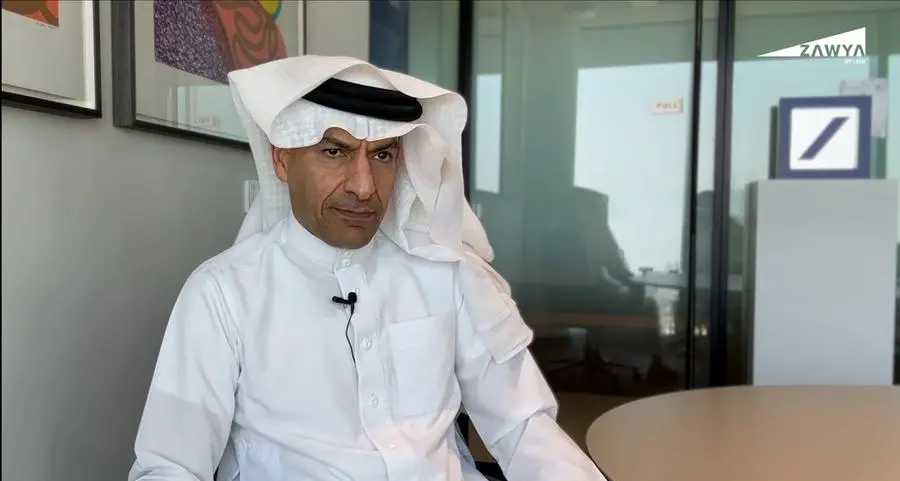PHOTO
DUBAI: The Roads and Transport Authority (RTA) is undertaking a project to provide additional entrance and exit points for Al Warqa’a area, directly from Sheikh Mohammed bin Zayed Road. Works include improvements across an internal road network spanning eight kilometres to manage increased traffic volumes.
Upon completion, the project will increase road capacity by 5,000 vehicles per hour, reduce travel time by 80 percent—from 20 minutes to just 3.5 minutes—and cut journey distances from 5.7 kilometres to 1.5 kilometres. The project is set for completion within one year.
Mattar Al Tayer, Director-General and Chairman of the Board of Executive Directors of the RTA, stated, “The new entrance and exit points for Al Warqa’a area align with RTA’s commitment to enhancing infrastructure, including roads, lighting, and rainwater drainage systems in residential areas to handle increasing traffic volumes. This project will benefit over 350,000 residents and includes the construction of a new access point from Sheikh Mohammed bin Zayed Road. Additionally, the scope includes the development of Al Warqa’a 1 Street and the conversion of existing roundabouts into signalised junctions with advanced specifications to alleviate traffic congestion. These improvements are projected to boost the capacity of Al Warqa’a 1 Street by 30 percent.”
“RTA is currently constructing internal roads in Al Warqa’a 3 and Al Warqa’a 4. A 16-kilometre cycling track will also be constructed to connect with existing tracks in neighbouring areas. In a previous phase, RTA completed internal road improvements in Al Warqa’a, which included upgrades around the School of Scientific Research in Al Warqa’a 4 and roadworks serving the Mohammed bin Rashid Housing Establishment project in the same area, which comprises 136 villas. These improvements also include pedestrian pathways, pavements, and parking entrances for residents, along with lighting works. Additionally, RTA completed a 7.4-kilometre cycling track to encourage cycling as a sustainable and alternative mode of transport, supporting the first and last-mile strategy,” Al Tayer commented.
Earlier this year, RTA completed internal roads and lighting projects in Al Qusais Industrial Areas 1, 2, 3, 4, and 5. The works involved the construction of 32 roads spanning 10 kilometres and lighting installations along over 43,000 metres. The project boosted road capacity by 200 percent, increasing traffic volume from 500 vehicles per hour to 1,500 vehicles per hour in both directions. It has also improved connectivity between Al Qusais Industrial Areas and four main roads: Amman Street, Beirut Street, Aleppo Street, and Damascus Street. This initiative enhanced access to over 320 workshops, 25 residential buildings, retail shops, and educational zones, benefiting an area with a population density of around 60,000 residents.
